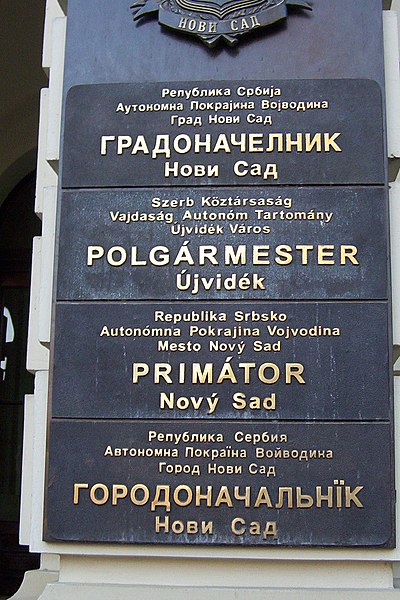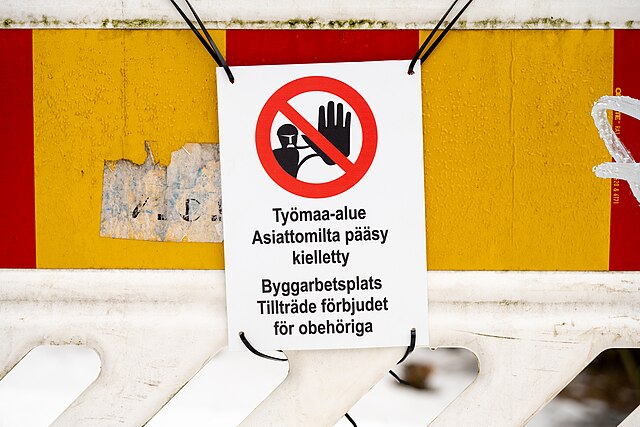Translanguaging is a term that can refer to different aspects of multilingualism. It can describe the way bilinguals and multilinguals use their linguistic resources to make sense of and interact with the world around them. It can also refer to a pedagogical approach that utilizes more than one language within a classroom lesson. The term "translanguaging" was coined in the 1980s by Cen Williams in his unpublished thesis titled “An Evaluation of Teaching and Learning Methods in the Context of Bilingual Secondary Education.” Williams used the term to describe the practice of using two languages in the same lesson, which differed from many previous methods of bilingual education that tried to separate languages by class, time, or day. In addition, Vogel and Garcia argued that translanguaging theory posits that rather than possessing two or more autonomous language systems, as previously thought when scholars described bilingual or multilingual speakers, bilinguals and multilingual speakers select and deploy their languages from a unitary linguistic repertoire. However, the dissemination of the term, and of the related concept, gained traction decades later due in part to published research by Ofelia García, among others. In this context, translanguaging is an extension of the concept of languaging, the discursive practices of language speakers, but with the additional feature of using multiple languages, often simultaneously. It is a dynamic process in which multilingual speakers navigate complex social and cognitive demands through strategic employment of multiple languages.

The doors of King George School in Calgary, Alberta. This started as a regular English neighbourhood school in 1912, became dual-track English-French in 1987 and single-track French immersion in 2002.
Multilingual sign in Singapore written in the official languages of English, Mandarin, Tamil, and Malay
Multilingual sign in India
Using similarities in the alphabet from English and Spanish
Multilingualism is the use of more than one language, either by an individual speaker or by a group of speakers. It is believed that multilingual speakers outnumber monolingual speakers in the world's population. More than half of all Europeans claim to speak at least one language other than their mother tongue; but many read and write in one language. Being multilingual is advantageous for people wanting to participate in trade, globalization and cultural openness. Owing to the ease of access to information facilitated by the Internet, individuals' exposure to multiple languages has become increasingly possible. People who speak several languages are also called polyglots.
The frontage of the Constitutional Court of South Africa, with text written in eleven of South Africa's twelve official languages
A multilingual sign outside the mayor's office in Novi Sad, Serbia, written in the four official languages of the city: Serbian, Hungarian, Slovak, and Pannonian Rusyn
A stenciled danger sign in Singapore written in English, Chinese, Tamil, and Malay (the four official languages of Singapore)
A bilingual "no trespassing" sign at a construction site in Helsinki, Finland (upper text in Finnish, lower text in Swedish)








